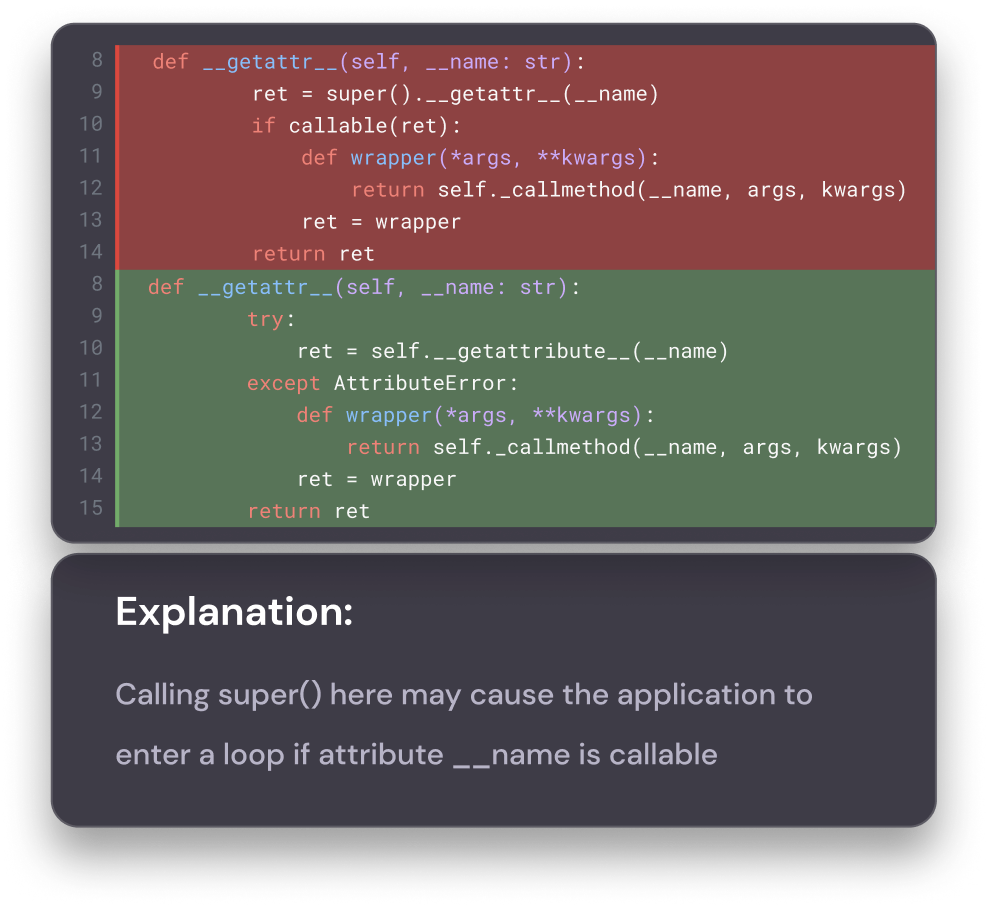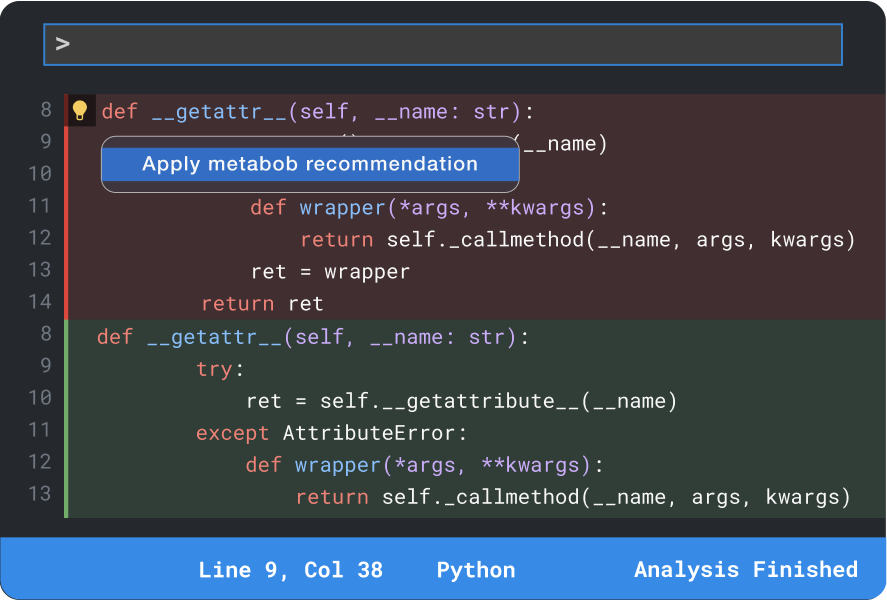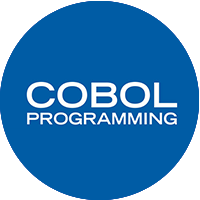Metabob excels in reviewing AI-generated and legacy software systems
AI Code Review
Metabob's AI is trained on millions of bug fixes performed by experienced developers. The ability to understand code logic and context, and analyze the data flow through the existing codebase architecture, enables Metabob to detect unique problems in your codebase.
Metabob's AI code review detects hundreds of logical problems, varying from race conditions to unhandled edge cases.
When analyzing complex software systems Metabob automatically provides feedback of problematic code sections across the project.

Runtime Error Detection
Metabob understands the behavior of your code and focuses on detecting errors that are likely to occur in runtime.
Example runtime errors detected:
- Race conditions
- Memory leaks
- Unhandled edge cases
- Performance bottlenecks
- Resource management issues
... and more
Debug and Refactor
Debug faster through code fix recommendations and reduce code complexity with Metabob's refactoring suggestions.
Debugging
Metabob’s ability to analyze entire software systems allows it to generate context-sensitive code recommendations for found bugs and code smells.
Refactoring
Metabob enforces code quality and reduces code complexity by offering refactoring recommendations for areas with messy and ineffective code, ultimately reducing the creation of technical debt and optimizing LOC performance.

Reviewing code with Graph Neural Networks
Metabob’s technology is based on Graph Neural Networks and is capable of understanding code logic and context of large codebases.
LLMs
Deep learning models that use billions of parameters and an attention mechanism to predict the most likely token to follow a given input
Made to generate not analyze
Unable to connect problems to relevant contextual information
Require human input to detect problems across the codebase
GNNs
Models that utilize an attention mechanism to comprehend both semantic and relational markers, resulting in a holistic representation of the output
Ability to analyze a full codebase & examine relationships between different sections
Capability to effectively connect problems in code to their relevant context
Understands the impact of different problems to the codebase as a whole
Supported Languages


Looking to support other languages?
Competitive advantage
Features

LLM-based tools
(CodeRabbit, Korbit AI, CopilotChat)
Rules-based tools
(Sonar, DeepSource, Coverity, etc.)
Analysis of complex codebases with a strong contextual understanding/retention
Yes
No
No
Detects compile-time errors
Yes
Yes
Yes
Detection rate of run-time errors
High
Medium*
N/A
Accuracy of context-sensitive problem descriptions and resolutions
High
Medium
No
Adaptability to customers' specific use cases
Yes
Yes
No
Problem detection requires human input
No
Yes
Yes
*depending on the amount of input data
